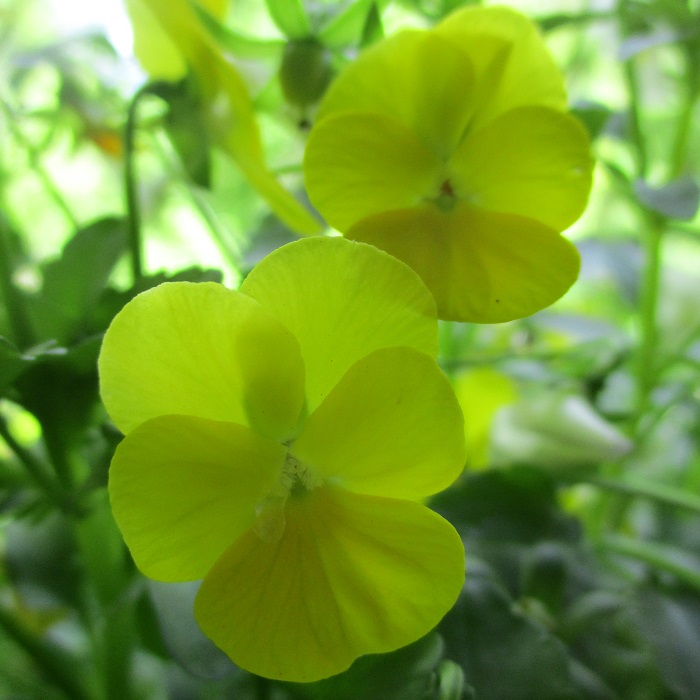UNITED STATES—It is inevitable. It begins at about the same time that cool season vegetable plants start to replace warm season vegetable plants. Cool season vegetables are now in season, and will grow during autumn and winter. They replace warm season vegetables of spring and summer. Winter annuals, or cool season annuals, now do the same for summer annuals.
Some summer annuals, or warm season annuals, are already shabby by the end of their season. Their replacement is not so unpleasant. Those that continue to perform well into the end of summer or autumn are a bit more difficult to evict. No one likes to pull them up while they still bloom colorfully. Besides, new winter annuals may take a while to bloom.
Winter annuals, as well as summer annuals, require replacement because they live only for a single year. Some complete their respective life cycle within only a few months of a year. That is what their designation as ‘annual’ means. Several annuals have potential to survive as perennials, but are too unappealing to salvage through their dormant season.
Winter annuals are almost as diverse as summer annuals are.
Marigold and chrysanthemum are popular for autumn, but do not perform as well through winter. Cyclamen, which prefers a late start, is pleased to replace them by then. Although chrysanthemum and cyclamen are both perennials, few get the opportunity to perform as such. It is easier to simply remove and replace them with the next best seasonal annual.
Pansy, viola, Iceland poppy, sweet William, stock and various primrose are all in season now and through winter. Calendula and snapdragon are seasonable for autumn, and will be again for early spring. They survive and can even bloom through the middle of winter locally. Alyssum is technically a summer annual, but might bloom all through winter also.
Winter annuals are not as easy to grow from seed as summer annuals are. Because they grow during cooler weather, they grow slower. They therefore need to start growing early to be ready for planting now. It is perhaps more practical to plant most types as seedlings from cell packs. Cyclamen and ornamental cabbage commonly grow from four inch pots. These are innately more expensive than other winter annuals.
Highlight: Pansy
This is one of the more familiar of winter annuals. Yet, pansy, Viola X wittrockiana, is not just one species. It is a diverse group of hybrids of a few species, and includes viola and Johnny-jump-up. Generally, viola and Johnny-jump-up have smaller and simpler flowers. Pansy generates relatively larger and more colorful flowers, with more intricate patterns.
The most recognizable feature of popular pansy is the distinctive floral patterns that look like floral faces. Individual flowers may display a few distinct colors within such patterns. Alternatively, flowers may be a single color. The color range includes white, blue, purple, yellow, orange, rusty red and black. Big flowers can be as wide as two and a half inches.
Locally, pansy is a winter annual. The best bloom begins about now. If the coolest winter weather inhibits bloom, it is only temporary. Bloom is likely to resume before a lapse gets obvious. Although pansy is a summer annuals in other climates, it does not perform well in the locally arid climate during warm weather. Plants might get six inches tall and wide.
Horticulturist Tony Tomeo can be contacted at tonytomeo.com.






